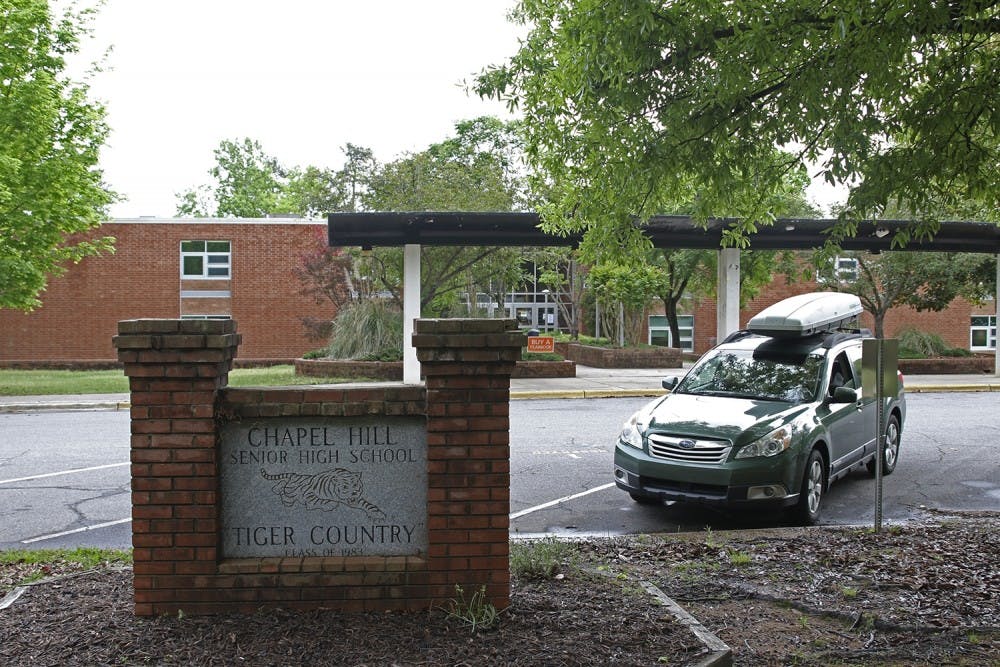The Carolina Chamber’s 12th Annual State of the Community Report reveals that Hispanic students in both Chapel Hill and Orange County are outperforming neighboring counties in four-year graduation rates.
But Hispanic students are still underperforming when compared to white students, specifically in third-grade reading level proficiency, according to The Carolina Chamber’s State of the Community 2019 Data Book.
“We believe reading on grade level by grade three is one of the most important things and focusing our community’s attention on that it is a big indicator of a person’s chance of success,” the Chamber for a Greater Chapel Hill-Carrboro President and CEO Aaron Nelson said. “The difference of performance between our children of color and our white children is substantial and unacceptable.”
According to the data book, the Hispanic student graduation rates are 85 percent for Chapel Hill-Carrboro City Schools (CHCCS) and 83 percent for Orange County Schools.
In comparison, 77 percent of Hispanic students graduate high school in Wake County Schools and 71 percent in Durham Public Schools. The state average is 80 percent.
Since 2008, the four-year graduation rate of Hispanic students in CHCCS has increased by 24 percent and by 84 percent in Orange County Schools.
Jeff Nash, executive director of community relations for CHCCS, said the increase in graduation rates is the result of a combination of factors.
“Of course, we are pleased with our students for the hard work they put in and for their family's support,” Nash said. “Our staff is dedicated to their craft and committed to providing an excellent school experience for every child. It truly is a community effort.”
Though four-year graduation rates among Hispanic students have increased, CHCCS's end-of-grade third-grade reading level proficiency has declined within the last four years.



